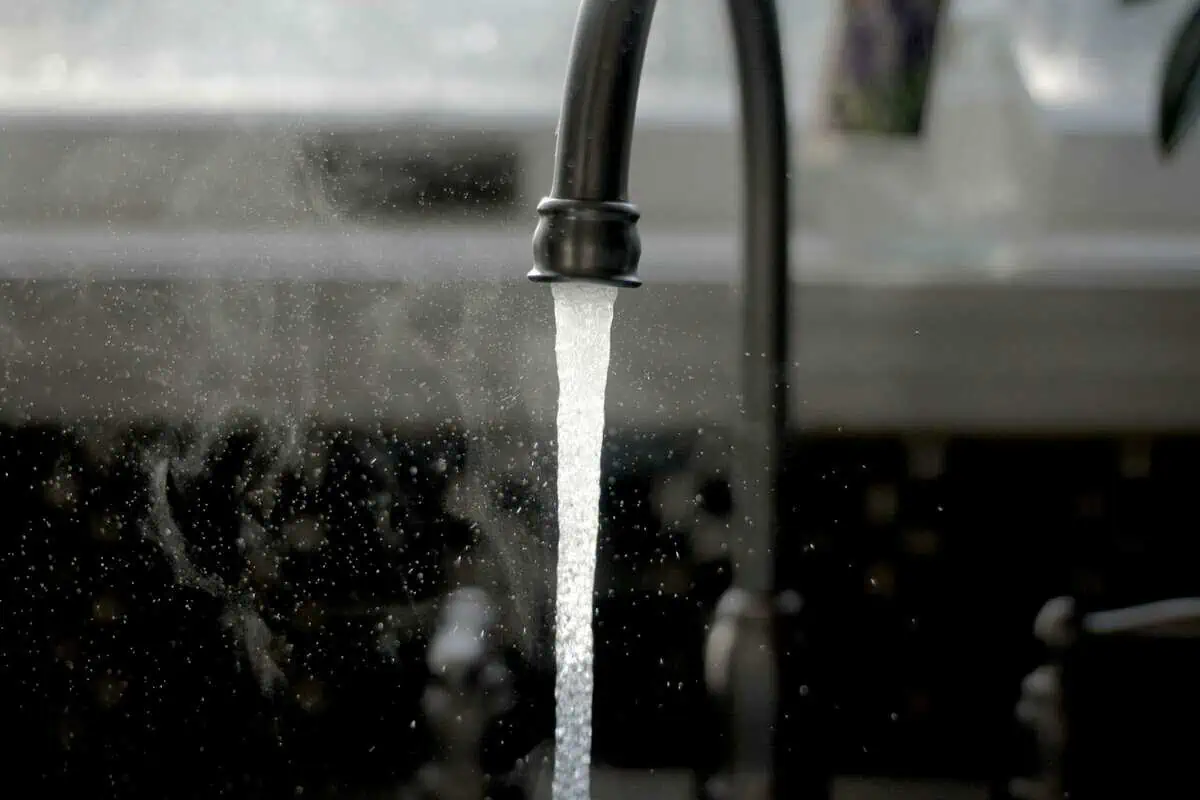I am a huge fan of standardized tests (if I were in front of a crowd, I can just imagine the chorus of booing and hissing that would immediately follow that opening statement). But, I think they test valuable knowledge (what students learn in school), and I think they are necessary in order to evaluate students by objective, standardized criteria so that colleges can see through the smoke-screen of grade-inflation and the widely different educational quality of over 40,000 high schools in the U.S., not to mention evaluating home-schooled and international students.¹

Here are some examples of mistakes it has made, followed by why they matter:
- The October 2018 test had three questions (#24, #25, and #30) on the Reading section that directed students to look at the incorrect lines in the passage. An astute student would look around those given lines and still probably find the correct answer, but providing the wrong line numbers to students on a national test is indicative of the
SAT’s (sorry/not sorry to say) sloppy approach to its tests. Here’s why it’s so indicative: every student who takes this exam realizes the mistakes. So how did the SAT not realize them? The only logical conclusion is that they only had one person write the questions for that reading passage and that no one else even proof-read it. That’s astounding for a national test. Additionally, as even my students have noticed, #27 on the same passage of that Reading section has arguably two correct answers, and #28 requires an unjustifiable inference. The Reading section would be difficult enough to decipher, yet, add in the SAT’s own mistakes, and a perfect score or even score of 1500+ can become a roll of the dice.
- The August 2018 SAT given in the U.S. re-used portions of the October 2017 SAT that was given overseas. That would be fine, except that the SAT knew and was warned in advance that the October 2017 international SAT had been leaked online. The leaking of this exam in advance gave students who looked up the leaked exams (the leaked exams are readily available on websites originating in other countries) a massive, unfair advantage. The makers of the SAT are currently being sued for using this leaked exam.²
- The SAT had to throw out 4 of the 96 questions on its Verbal section on the June 2018 exam because of the poor quality of these questions (given all the mistakes in questions that they haven’t thrown out, one can only imagine the mistakes that must have been in those
questions). Thus, they had to throw out over 4% of the entire Verbal section. If the results are accurate with only 92 questions, then why would students ever have to do 96? Additionally, just 6 questions wrong on the Math section of this test brought students down a shocking 130 points (to a 670). Compare that to the January 2017 Math curve when 6 wrong was a 770. Thus, for the same number of questions incorrect, there can be a 100 point swing in score. That doesn’t sound very standardized to me. Clearly they are not doing enough to determine the difficulty and scoring in advance through pre-testing.
- On the October 2016 SAT, there is no correct answer for #21 of the Reading section.
Potentially all of the unreleased U.S. SAT’s that will be used overseas have been leaked or recreated in advance of being administered overseas. The following article does a fantastic job of illuminating the rampant cheating on the SAT overseas (which could be easily avoided if the SAT simply did not reuse previously administered SATs): https://www.reuters.com/investigates/special-report/college-sat-one/
Given all the issues with the SAT, should any students still take it? Yes, absolutely. The SAT will still be the best test for 
It is neither too late nor too difficult for the SAT to improve itself. If the SAT put a bit more effort into the quality of its Verbal section and chose not to reuse exams, it would literally solve all of its current problems. And, the stakes are too high not to do so. These exams, just 3 hours, have a massive impact on where students can be admitted to college and can have ripple effects for the rest of their lives. The tests are too important not to do everything to make them as good as possible.



 SAT’s (sorry/not sorry to say) sloppy approach to its tests. Here’s why it’s so indicative: every student who takes this exam realizes the mistakes. So how did the SAT not realize them? The only logical conclusion is that they only had one person write the questions for that reading passage and that no one else even proof-read it. That’s astounding for a national test. Additionally, as even my students have noticed, #27 on the same passage of that Reading section has arguably two correct answers, and #28 requires an unjustifiable inference. The Reading section would be difficult enough to decipher, yet, add in the SAT’s own mistakes, and a perfect score or even score of 1500+ can become a roll of the dice.
SAT’s (sorry/not sorry to say) sloppy approach to its tests. Here’s why it’s so indicative: every student who takes this exam realizes the mistakes. So how did the SAT not realize them? The only logical conclusion is that they only had one person write the questions for that reading passage and that no one else even proof-read it. That’s astounding for a national test. Additionally, as even my students have noticed, #27 on the same passage of that Reading section has arguably two correct answers, and #28 requires an unjustifiable inference. The Reading section would be difficult enough to decipher, yet, add in the SAT’s own mistakes, and a perfect score or even score of 1500+ can become a roll of the dice. questions). Thus, they had to throw out over 4% of the entire Verbal section. If the results are accurate with only 92 questions, then why would students ever have to do 96? Additionally, just 6 questions wrong on the Math section of this test brought students down a shocking 130 points (to a 670). Compare that to the January 2017 Math curve when 6 wrong was a 770. Thus, for the same number of questions incorrect, there can be a 100 point swing in score. That doesn’t sound very standardized to me. Clearly they are not doing enough to determine the difficulty and scoring in advance through pre-testing.
questions). Thus, they had to throw out over 4% of the entire Verbal section. If the results are accurate with only 92 questions, then why would students ever have to do 96? Additionally, just 6 questions wrong on the Math section of this test brought students down a shocking 130 points (to a 670). Compare that to the January 2017 Math curve when 6 wrong was a 770. Thus, for the same number of questions incorrect, there can be a 100 point swing in score. That doesn’t sound very standardized to me. Clearly they are not doing enough to determine the difficulty and scoring in advance through pre-testing. Potentially all of the unreleased U.S. SAT’s that will be used overseas have been leaked or recreated in advance of being administered overseas. The following article does a fantastic job of illuminating the rampant cheating on the SAT overseas (which could be easily avoided if the SAT simply did not reuse previously administered SATs):
Potentially all of the unreleased U.S. SAT’s that will be used overseas have been leaked or recreated in advance of being administered overseas. The following article does a fantastic job of illuminating the rampant cheating on the SAT overseas (which could be easily avoided if the SAT simply did not reuse previously administered SATs): 




